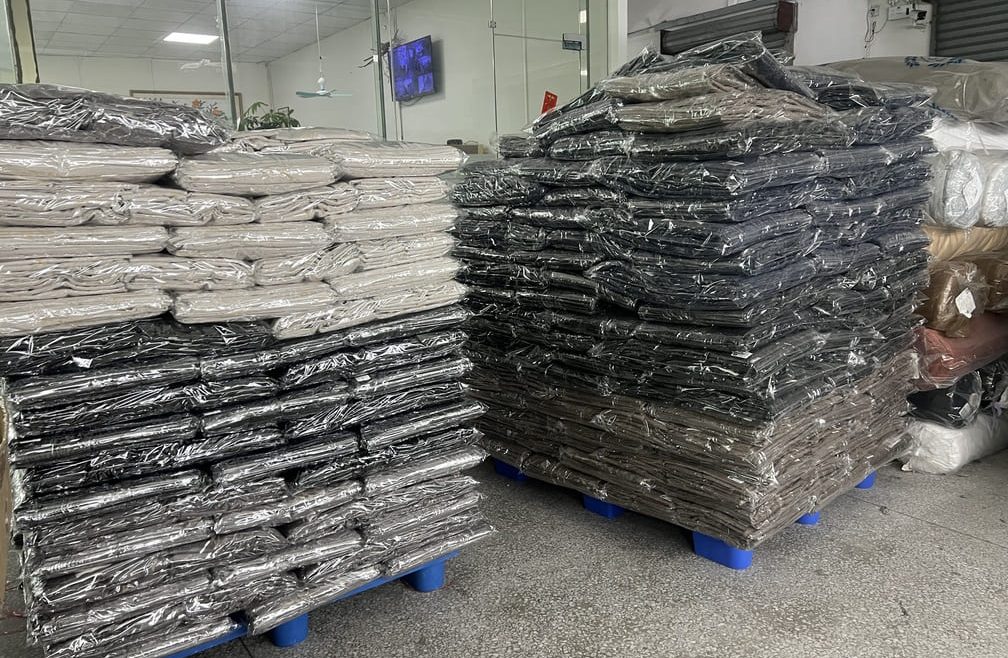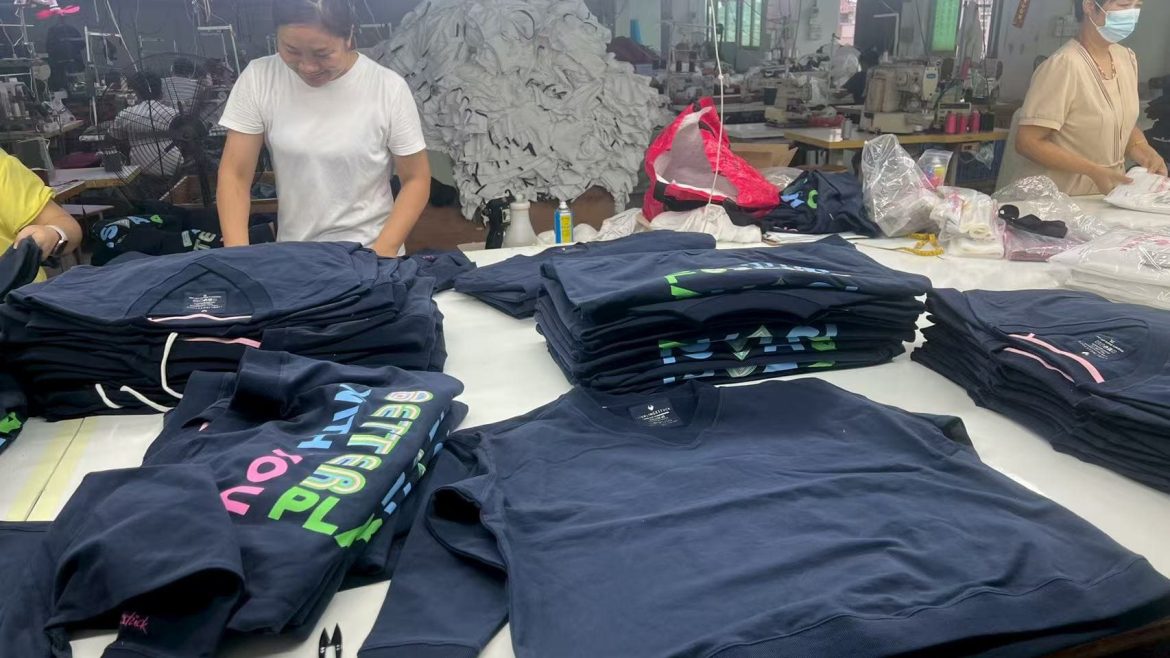How Can Garment Manufacturers Survive in a Competitive and Tough Economy?
In today’s challenging economic climate, garment manufacturers face unprecedented pressures. Rising material costs, supply chain disruptions, labor shortages, and shifting consumer demands have made the industry more competitive than ever. So, how can factories not only survive but thrive amid these difficulties? Here are some practical strategies:
1. Embrace Technology and Automation
Investing in automation doesn’t necessarily mean replacing workers. Instead, use technology to enhance productivity and reduce waste. Automated cutting machines, ERP systems, and even AI-assisted quality control can lower costs, improve accuracy, and speed up production.
2. Diversify Your Client Base
Relying too heavily on one or two big clients can be risky. Explore opportunities in different markets—such as sustainable fashion, uniforms, medical wear, or even niche custom clothing. Smaller local brands and e-commerce startups may also offer more flexible and recurring partnerships.
3. Focus on Sustainable Practices
More brands and consumers are prioritizing sustainability. Reducing waste, using eco-friendly materials, and optimizing energy use can not only cut costs but also attract environmentally conscious partners. Transparency in your supply chain can be a unique selling point.
4. Optimize Operational Efficiency
Reevaluate your production流程 (process flow). Identify bottlenecks and reduce non-value-added steps. Lean manufacturing principles, just-in-time production, and better workforce training can significantly enhance efficiency.
5. Build Strong Relationships with Suppliers and Customers
Long-term partnerships based on trust and reliability can help you negotiate better terms with suppliers and secure loyal customers. Communicate openly and offer flexibility where possible—especially in challenging times.
6. Upskill Your Workforce
Well-trained employees are more productive and can adapt to new technologies and methods. Offer training programs for sewing operators, pattern makers, and supervisors to improve overall capability and morale.
7. Explore Nearshoring or Regional Production
With global supply chains becoming less predictable, many brands are looking for manufacturers closer to their markets. If you’re located in or near regions like the EU, North America, or Southeast Asia, promote your geographic advantage.
8. Offer Value-Added Services
Stand out by providing more than just production. Services like design assistance, fabric sourcing, small-batch production, or quick turnaround samples can make you a preferred partner for emerging brands.
9. Monitor Financial Health Closely
Keep a tight grip on cash flow. Reduce unnecessary expenses, negotiate extended payment terms with suppliers, and ensure prompt invoicing and follow-up with clients. Consider alternative financing options if needed.
10. Stay Agile and Keep Innovating
The market is constantly changing. Stay updated on fashion trends, new materials, and consumer behaviors. Be willing to pivot and adapt your business model when necessary.
Conclusion
Surviving in today’s economy requires a mix of innovation, efficiency, and resilience. By embracing technology, strengthening relationships, and staying adaptable, garment manufacturers can not only navigate these tough times but also build a foundation for future growth.
What strategies is your factory using to stay competitive? Share your experiences below—we’d love to learn from each other.









